Lord Lansdowne Public School is located on the west side of Spadina Crescent. Its unusual round shape and the colourful panels beneath the windows are striking, often attracting the attention to those who walk past it or view it from the Spadina streetcars. However, a Victorian-era school was previously located on the site. It opened in March of 1888, and contained 945 pupils. This attendance figure indicates the degree to which the area was populated during the later decades of the 19th century. From the day the school opened, its was over-crowded.
The Victorian building that opened in March of 1888, with its ornate tower that dominated Spadina Crescent. A small Second Empire-style house can be seen to the south of the school.
The round section of the Lord Lansdowne School, which faces Spadina Crescent
The west section of the school facing Robert Street, where the main entrance of the building is located.
When the old Victorian school opened in 1888, it was over-crowded. As a result, an addition was added to the ornate structure the following year. The population of the area continued to increase, so another addition was added in 1909. A fire damaged the building in 1913, necessitating much rebuilding. Eventually, more land was purchased on Borden Street by the school board, and in 1961, the old Victorian structure was demolished, replaced by the school that remains on the site today. At this time, the school’s name was changed to Lord Lansdowne to avoid confusion with another school, which was located on Lansdowne Ave. The new school was designed by Toronto’s Board of Education architectural and engineering staff. A round building was thought to be more economical and functional as it made better use of the land.
This massive rock is located on the lawn of the school, near the fence, on the east side that faces Spadina Crescent.
This plaque on the rock explains the reason it remains on the grounds of the school. It does not indicate if the rock was found during the excavation for the Victorian structure or the school that was built in 1961.
To view the Home Page for this blog: https://tayloronhistory.com/
Links to other posts about the history of Toronto and its buildings:
https://tayloronhistory.com/2013/10/08/links-to-historic-architecture-of-torontotayloronhistory-com/
Links to posts about Toronto’s movie houses—past and present.
https://tayloronhistory.com/2013/10/09/links-to-toronto-old-movie-housestayloronhistory-com/
Recent publication entitled “Toronto’s Theatres and the Golden Age of the Silver Screen,” by the author of this blog. The publication explores 50 of Toronto’s old theatres and contains over 80 archival photographs of the facades, marquees and interiors of the theatres. It also relates anecdotes and stories from those who experienced these grand old movie houses.
To place an order for this book:
Book also available in Chapter/Indigo, the Bell Lightbox Book Shop, and by phoning University of Toronto Press, Distribution: 416-667-7791 (ISBN 978.1.62619.450.2)
Another book, published by Dundurn Press, containing 80 of Toronto’s old movie theatres will be released in the spring of 2016. It is entitled, “Toronto’s Movie Theatres of Yesteryear—Brought Back to Thrill You Again.” It contains over 130 archival photographs.
A second publication, “Toronto Then and Now,” published by Pavilion Press (London, England) explores 75 of the city’s heritage sites. This book will also be released in the spring of 2016.
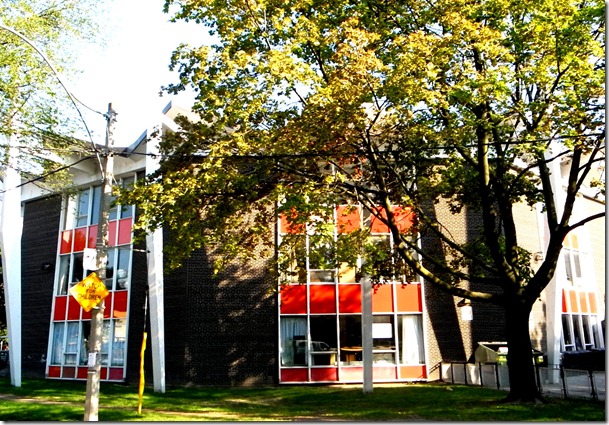
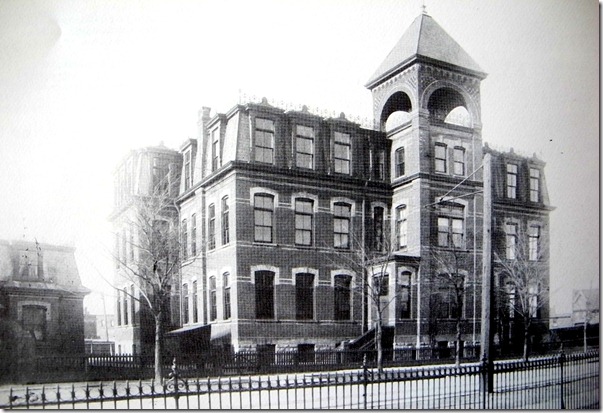
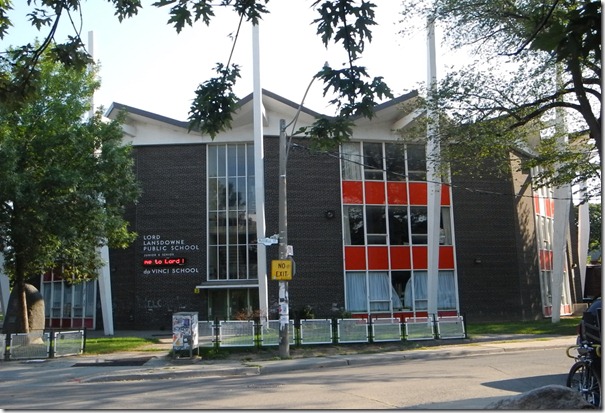
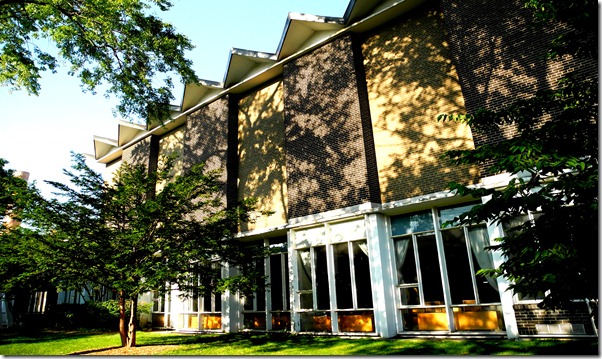
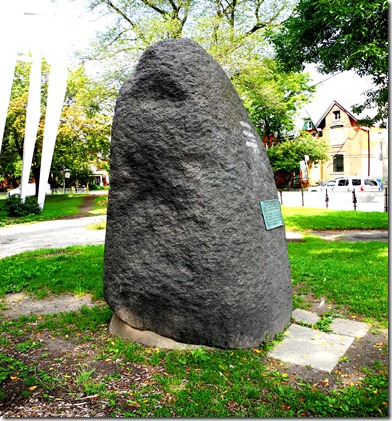
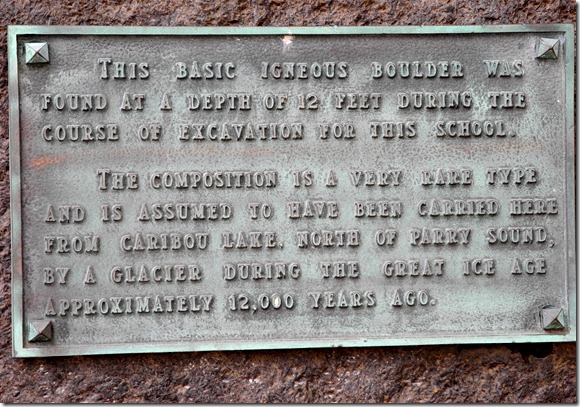
![cid_E474E4F9-11FC-42C9-AAAD-1B66D852[2] cid_E474E4F9-11FC-42C9-AAAD-1B66D852[2]](https://tayloronhistory.com/wp-content/uploads/2014/09/cid_e474e4f9-11fc-42c9-aaad-1b66d8522_thumb25.jpg)

